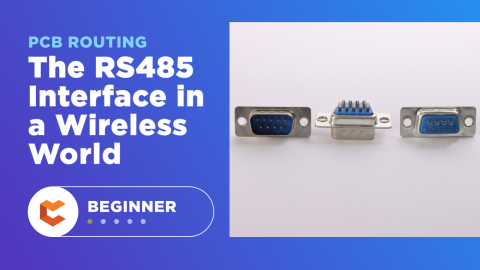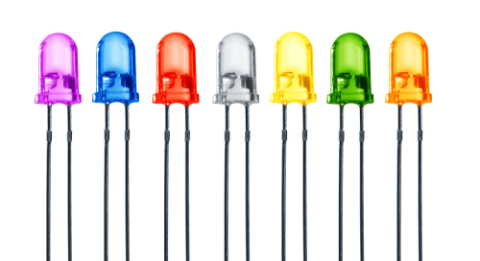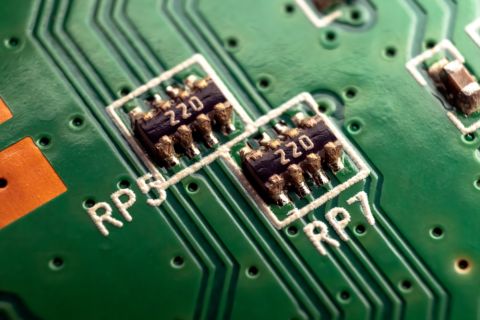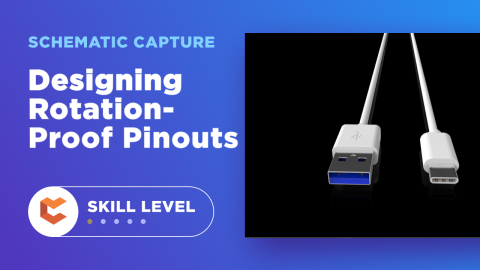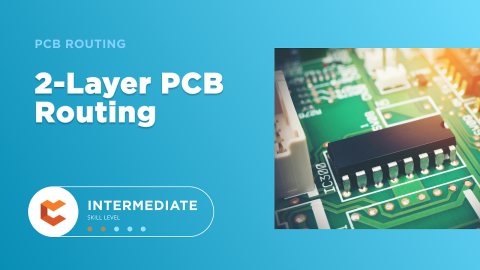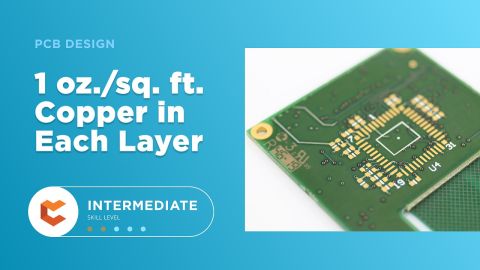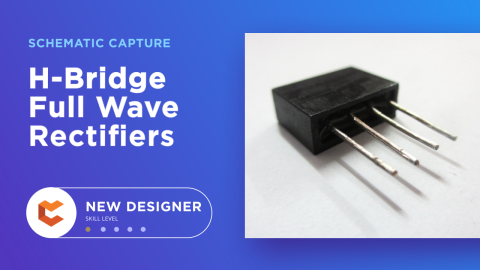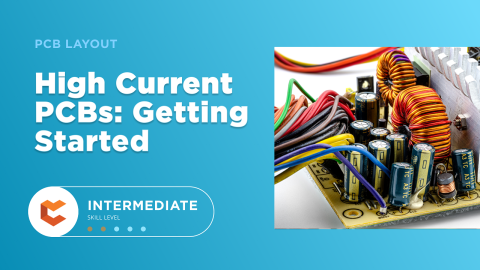Lithium Iron Phosphate Battery vs Lithium Ion For Embedded Systems

Two of the most popular battery choices for embedded systems are lithium-ion batteries (Li-Ion) and lithium iron phosphate batteries (Li-phosphate or LiFePO4). These two types of batteries have very different charging and discharging characteristics, although they have similar chemistry and use some of the same materials. In some systems, you could use either type of battery, but each has its advantages in different applications, which can depend on discharge rate, required charge rate, desired capacity, and cycle lifetime.
If you want to choose the right battery for your next embedded system, you'll need to consider these electrical characteristics, as well as cost and physical size for different types of batteries on the market. Here's what you need to know when comparing lithium ion vs lithium iron phosphate batteries.
Lithium Iron Phosphate vs Lithium Ion Batteries
These lithium battery materials have overlapping characteristics. The chemistry in each of these types of batteries is similar, as are the materials used to make these batteries. Both batteries actually operate through reversible electrochemical reactions involving lithium ions, so they should both be called Li-ion batteries (the people I've met in the battery materials industry don't even make the distinction). However, they do have important differences that has caused them to be placed in different categories, even if their lithium ion battery material is similar.
Both types of batteries use a graphite anode, which can nicely store reasonably large quantities of Li ions during charging. The difference is not in the anode, but in the interaction with Li-ions in the cathode. The rate limiting step in lithium ion vs lithium iron phosphate batteries is desorption and later reduction at the cathode, which accounts for the differences in capacity, discharge rates, and output voltage. Lithium iron phosphate is a newer type of battery gaining recognition in manufacturing industries due to its less toxic and cheaper materials, as well as stability at high temperatures.
Let’s see if you match with Li-Ion or Li-phosphate.
If you're reading this on a new smartphone or laptop, then you can most likely thank a lithium polymer or lithium ion battery, respectively. Here are some of the key differences between lithium iron phosphate vs Li-ion batteries:
Li-Ion
When most people refer to “Li-ion” batteries, they could be talking about any of the of lithium ion battery types. The most common for consumer applications is lithium cobalt oxide (LiCoO2). This is the cathode material in common these types of lithium battery. Here are some of the typical specifications for Li-ion battery cells:
-
Voltage: 3.6 V nominal, ranging from 3.0 V- 4.2 V.
-
Specific Energy: 150-200 Wh/kg
-
Charge Rate: 0.7 C - 1 C. Charging above 1 C will cause the solid electrolyte interphase (SEI) layer on the anode to grow during charging, which traps lithium and reduces capacity over time. This is a primary source of battery capacity fading in lithium cobalt oxide batteries.
-
Discharge Rate: 1 C. You may be unfamiliar with the “C” rate. It means that if a battery has a rated capacity of 2400 mAh, then it can discharge with a maximum current of 2.4 A without being damaged.
-
Life Cycle: 500-1,000 cycles. The life cycle depends heavily on operating temperature, depth of discharge (DoD), and charge rate (see above).
-
Thermal Runaway: 150 °C. This is what causes Li-Ion batteries to catch fire or explode.
-
Temperature Range for Maximum Charging Rate: 0-40 °C
-
Discharging Temperature Range: -25-60 °C. Note that lithium cobalt oxide will charge and discharge extremely slowly at low temperatures.
Lithium iron phosphate
Lithium iron phosphate has an iron phosphate cathode. These batteries tend to have lower output voltage and lower specific energy than lithium cobalt batteries. However, these batteries have a much higher discharge rate and cycle life:
-
Voltage: 3.2 or 3.3 V nominal, ranging from 2.5-3.65 V.
-
Specific Energy: 90-120 Wh/kg
-
Charge Rate: 1 C
-
Discharge Rate: 1-25 C, possibly with 40 A pulses.
-
Life Cycle: 1,000-10,000 cycles, highly temperature dependent.
-
Thermal Runaway: 270 °C
-
Temperature Range for Maximum Charging Rate: 0-45 °C
-
Discharging Temperature Range: -20-60 °C
Comparison
When we compare lithium iron phosphate vs. lithum ion battery cells, we immediately see that Li-ion batteries have higher specific energy, but lower discharge rate. This means Li-ion is a good choice for power-hungry portable devices that need to draw a constant stream of current at relatively low voltage. The higher discharge rate from lithium iron phosphate batteries means they can provide large bursts of current when needed and then be quickly recharged. Discharge current comes into play applications like electric motors. Li-Ion’s low discharge current rate of 1 C pales in comparison to Li-phosphates which can be up to 25 C.
In addition to the typically longer cycle life, the important difference between these two types of batteries can be seen in the thermal runaway specification. One of the failure modes in any battery during rapid discharging and recharging is thermal runaway. During thermal runaway, the rate at which heat is generated due to terminal resistance in the electrodes exceeds the rate at which it is dissipated into the surroundings. When the internal temperature of the battery exceeds the runaway temperature, the battery will enter thermal runaway.
Catastrophic failure in a Li-Ion battery.
Because lithium iron phosphate has higher thermal runaway temperature, it can be used in warmer environments with less risk. It has another advantage in terms of the materials used in the cathode. As you may have noticed, lithium cobalt oxide batteries contain cobalt, which is highly toxic and creates ethical questions around sourcing.
Li-Ion’s high energy content makes it vulnerable to things like explosions. Multiple failure modes make it difficult to cover all your bases on Li-Ion batteries. In things like handheld electronics, cycling depends on how often the user drains and recharges their device. This leaves the battery’s fate in the hands of an end user who has no knowledge of battery failure modes. Granted, that kind of failure is not likely, but better to be safe than sorry. It has a lower energy density and more stable chemistry. These features mean it won’t burn, even if it does fail. All in all, Li-phosphate batteries are much safer than Li-Ion batteries.
Despite the safety and high discharge rate for lithium iron phosphate vs. Li-ion batteries, an Li-ion can simply store more power per kg of battery, but not because the anode is necessarily storing more lithium. When you’re designing portable electronics, size matters. Li-Ion batteries can store up to twice as much energy per kg over Lithium-iron phosphate. That makes a big difference when you’re trying to hit strict space and battery capacity targets.
Applications
If you’re a more stable kind of person who looks for safety and reliability, or you're operating in an industry where safety and reliability are paramount concerns, Li-phosphate is a suitable choice for rechargeable batteries. It’s best for applications like electric vehicles (EV) or medical instruments where catastrophic failure is not an option. EV motors will also benefit from the high discharge rate of Li-phosphate batteries.
Maybe you’re a bit more on the edge and want to pack as much fun into life as possible. If your devices mimic you, they’ll need a Li-Ion battery. Things like mobile phones, computers, and cameras need as much juice as they can get. They also usually have a lifetime of around 2 years, which Li-Ion can match or exceed.
Whether you're designing a power strategy for a new high power industrial system design or a small mobile device, Altium Designer® has the PCB design and layout tools you need to succeed. Altium Designer has a great array of advanced tools that can help you design the perfect PCB.
Altium Designer delivers an unprecedented amount of integration to the electronics industry until now relegated to the world of software development, allowing designers to work from home and reach unprecedented levels of efficiency.
We have only scratched the surface of what is possible to do with Altium Designer. You can check the product page for a more in-depth feature description or one of the On-Demand Webinars. Have more questions about lithium iron phosphate vs lithium ion batteries? Call an expert at Altium Designer.

